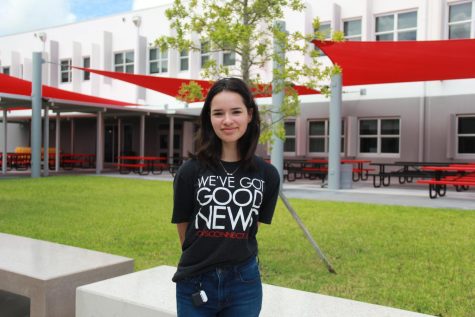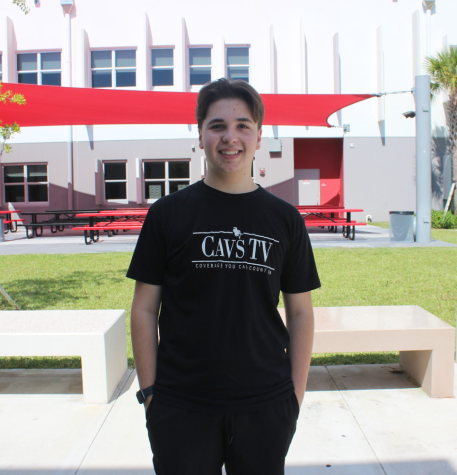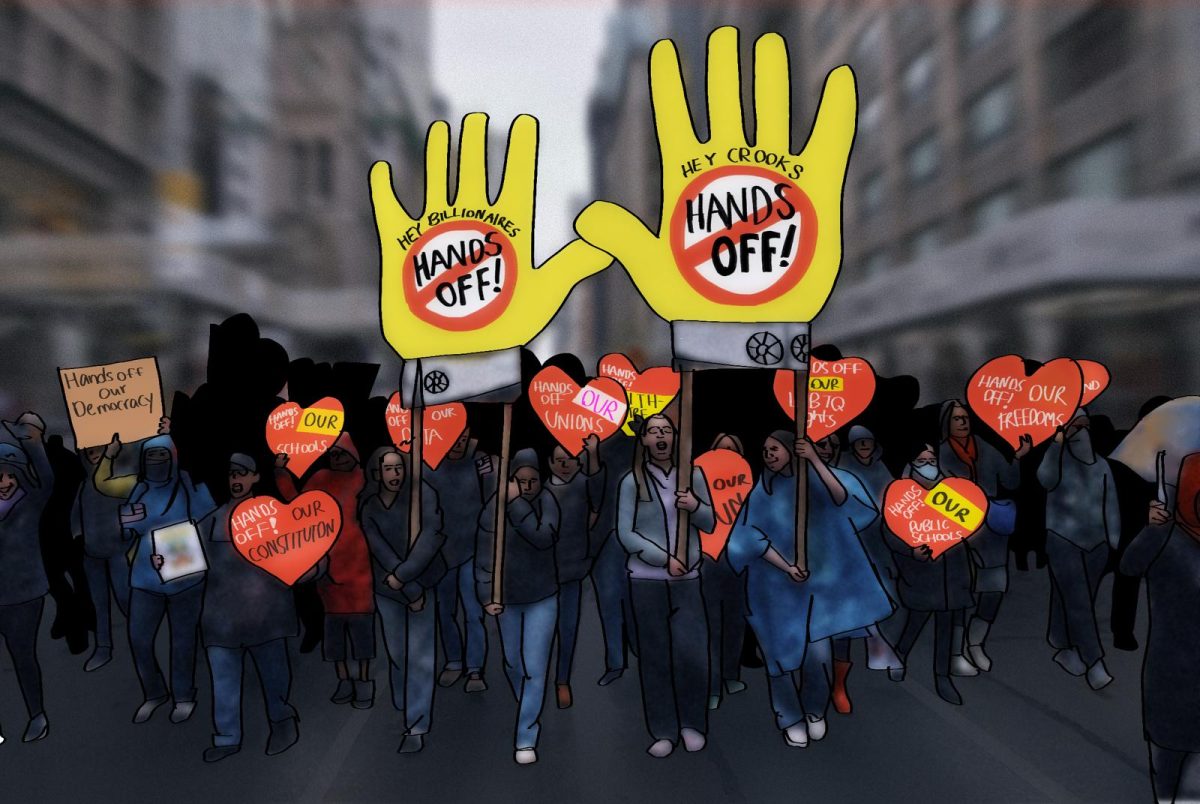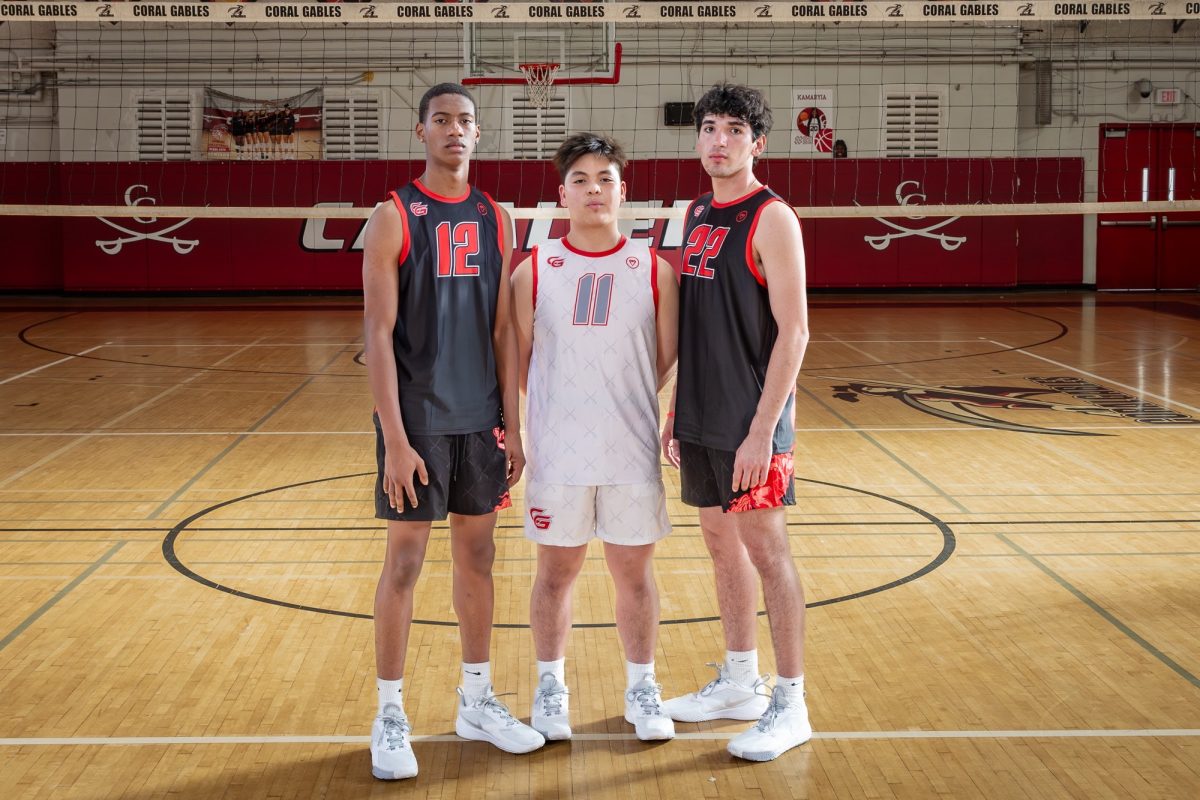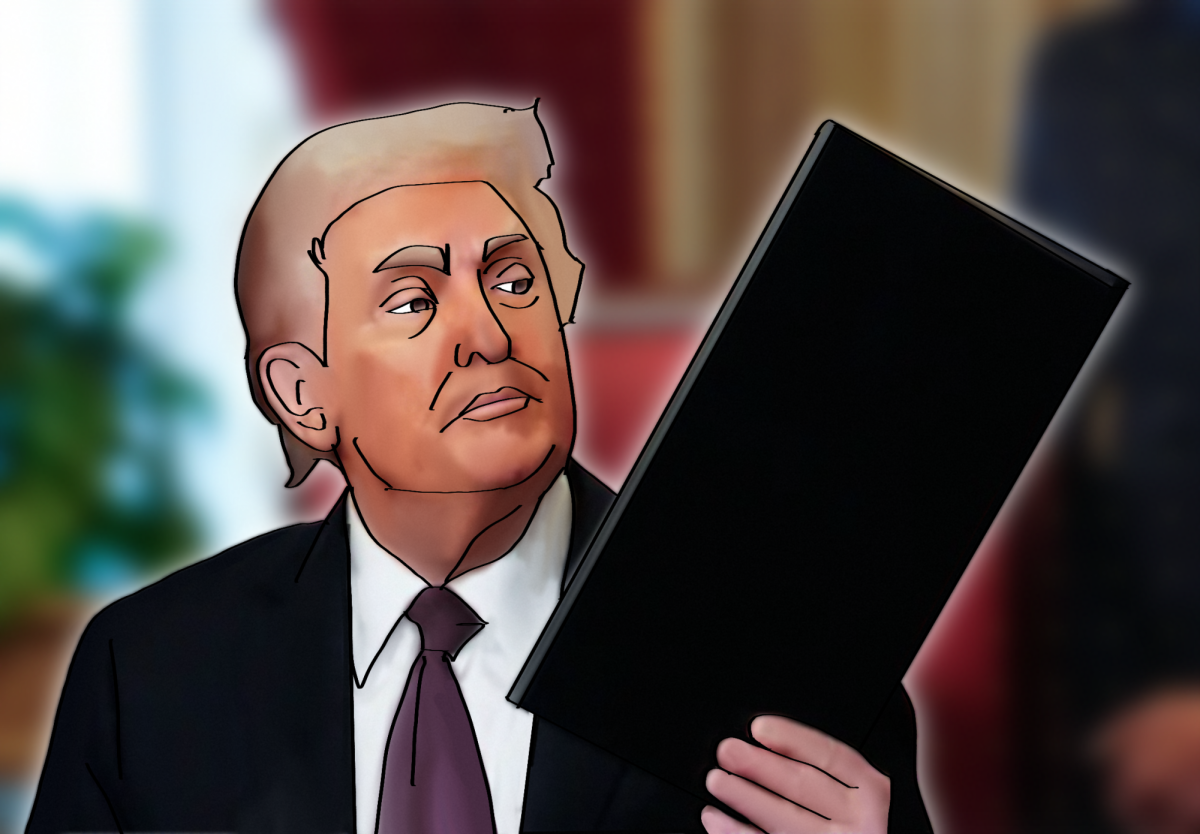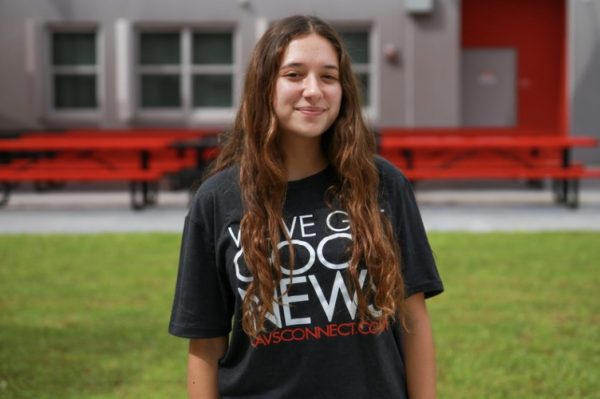Travis Scott’s Music Festival; A Moment of Celebration Turned Into a Struggle for Life
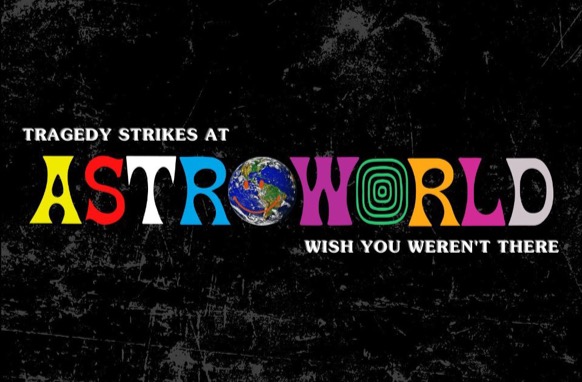
Rapper Travis Scott’s Astroworld concert ended in chaos as nine concert-goers ended up dead and hundreds more were injured at the event.
Nov 12, 2021
Born in Houston, Texas, famous Hip Hop-Trap artist Travis Scott decided to host a two-day music festival in his hometown that ended up resulting in the deaths of at least nine concertgoers, and left hundreds more injured after the crowd surged towards the stage. The event caught the eye of national and even international media, prompting a response from critics and fans alike.
During the concert, a mob of people began to push forward to get closer to Scott and the music. With 50,000 people already in attendance, people were forced toward the stage to make room for everyone behind them.
“While the disaster at Astroworld is a tragedy that could have been prevented, the blame should not solely fall on Travis. The security company should have regulated the audience attendance based on the capacity of the venue. The crowd crush could have easily been prevented if proper security measures were taken to ensure basic safety at the event,” sophomore Elijah Cima said.
As a result of the surge of bodies pushing others forward in the confined space, people’s airways were constricted. With no space to move, and people crushing each other in all directions, there was no room for people’s lungs to expand. When this occurs, it is known as compressive asphyxia. Compressive asphyxia alone led to severe injuries in multiple attendants from being trampled after passing out.
Most festivals have an official event operation plan with protocols to prevent catastrophe and protocols when the former protocols fail. Astroworld’s operation plan provided detailed instructions for emergencies such as severe weather or power loss, however, it did not address crowd concerns despite surges being a common occurrence at this type of event.
During a press conference, Houston Police Department Chief Troy Finner stated that at the concert an individual was injecting people with drugs. The report Finner had was of a security officer that had to be treated with Narcan, a treatment for opioid overdose, after trying to restrain an attendee. Medical staff noticed a prick on the officer’s neck.
Scott has a history of hosting rager-like concerts in which the audience is encouraged to “make the ground shake”. Back in 2015, he plead guilty to charges of disorderly conduct after he encouraged fans to climb over security barricades at Lollapalooza.
Two years later, he was arrested on suspicion of inciting a riot at a concert in Arkansas and ended up having to take a plea deal. Currently, 18 lawsuits have already been filed against Scott, the events security team, and Live Nation, the events coordinator, in the Harris County District Court relating to this event.
Within the circulation of social media, especially Tiktok, videos have been surfacing the web from some of the concert’s attendees. One video, in particular, shows a fan coming up to the crew’s area and calling out, “someone’s dead in there”, followed by another fan urging the crew to stop the show.
Numerous videos also show the crowd chanting to stop the show. However, other videos show Scott in a different light, such as one where the rapper paused his performance when he noticed someone in the audience had passed out.
Although Scott has not faced any charges, the Astroworld music festival is now the host of one of the deadliest concerts since the “Who in Cincinnati” concert in 1979.


